You Have finally decided to install an M.2 drive in your laptop or desktop computer. Before doing so, please pay attention on wuite a few things so that you can buy a right M.2 SSD that not only fit in its slot properly but also gives you maximum performance.
What is M.2?
In short, M.2 is type of interface that uses PCI Express lanes to connect SSDs and other expansion cards that promises higher speed and less bulk. Why less bulk you migh ask? In SATA 2.5 inch SSDs are twice much bigger than the M.2 drives. They are obviously much slower and carry on way more headache while installation – you have to insert power cable signal cable route the cables properly to left the right headroom for aur flow. Lots of work.
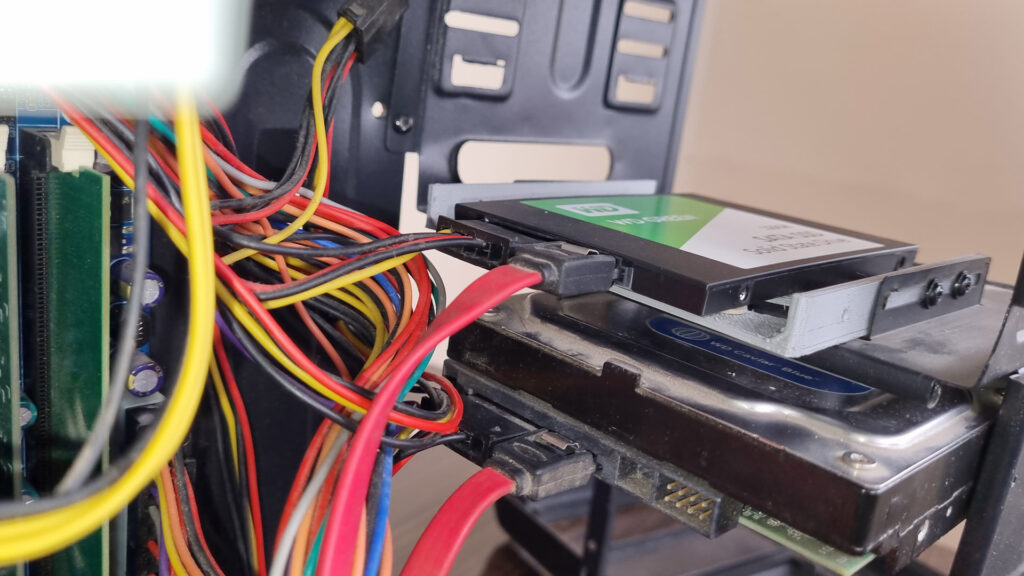
On the other hand with M.2 all you have to do plug in the SSD tight the screw and you are ready to roll. No separate power and signal cable hazard – pretty user friendly.
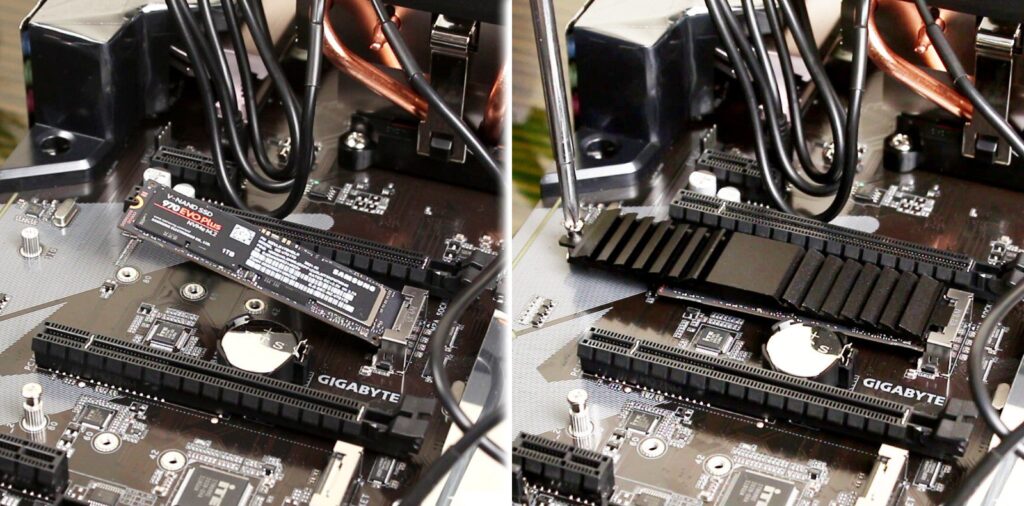
Unleash the Full Power of Flash Storage with M.2 Drives
Right now, SATA SSDs are very affordable and offer much better performance compared to spinning hard drives. Most importantly, they are compatible with any device that has a SATA port. Of course to get most out of a SATA SSD you have the support of SATA 3 on your laptop or desktop’s motherboard. SATA 3 has a maximum speed of around 550-600MB/s which is also the rated speed of 2.5 inch SATA SSDs.
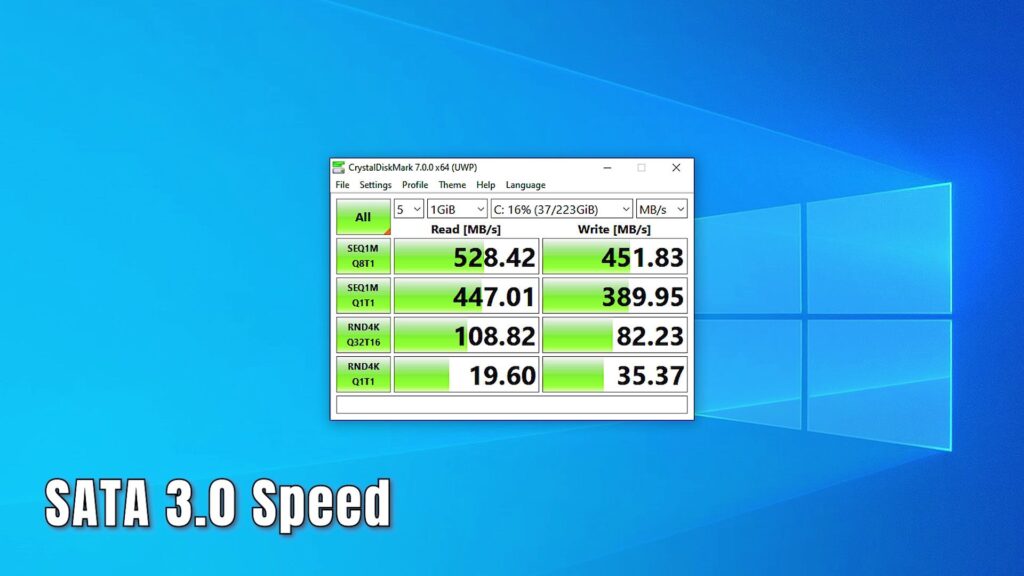
While 600MB/s is not slow, flash chips can provide much higher speeds, but they are limited by the SATA interface. This limitation is overcome with M.2 drives.

M.2 is an Interface! Not Limited For SSDs
As I have mentioned M.2 is a interface. The fastest M.2 drives currently use a PCIe 4.0 x4 connection, which can theoretically provide speeds of up to 8GB/s. However, it’s worth noting that PCIe 4.0 M.2 drives are very expensive, and most importantly most laptop and desktop motherboards are not compatible with PCIe 4.0. They typically support PCIe 3.0, which offers around 4GB/s definitely more than enough for most of the applications.
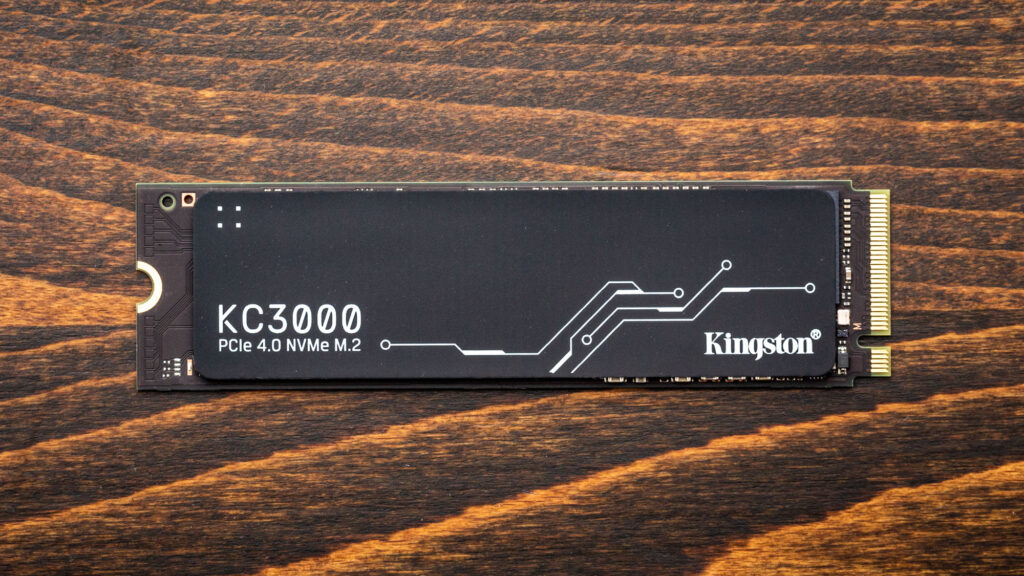
Apart from storage, M.2 is also used for different expansion cards, such as Bluetooth and Wi-Fi cards. Installing these cards eliminates the hassle of using external Bluetooth and Wi-Fi dongles, and they can take advantage of the high bandwidth provided by the PCIe lanes. M.2 cards are generally more reliable, offer high performance, and are smaller compared to PCIe cards. You have seen these cards inside laptops, notebooks, and in most of the compact devices.

Wrong M.2 Device Will Ruin Your Day
Before buying an M.2 SSD or a wireless card, keep a few things in mind:
M.2 SATA Vs M.2 NVME
Not all M.2 SSDs are high-speed ones. In simple terms, not all M.2 SSDs support NVME protocol. Some M.2 SSDs still use the older AHCI protocol and perform similarly to 2.5-inch SATA SSDs. These are basically the older mSATA SSDs in the M.2 form factor.

M.2 Has Many Different Connectors
Typically, SSDs utilize three different types of M.2 connectors: Key B, Key M, and Key B+M. Key M connectors are primarily used for M.2 NVMe SSDs, while Key B and Key B+M connectors are commonly found in M.2 SATA SSDs. By identifying the specific connector, you can determine whether the SSD uses a SATA or PCIe interface. It’s important to understand the distinctions among these M.2 connectors when searching for an SSD, as they indicate the type of interface the SSD employs. Examining the connector type will provide valuable insight into the SSD’s compatibility and performance capabilities.

As I have said, Some cards support multiple connectors, such as B+M or A+E. B+M key SSDs can be plugged into both B and M slots. Similarly, A+E can be used with both Connector A and Connector E. Therefore, you need to check which connector your motherboard has and which card you are purchasing. If you want detailed information, check out the article NVME SSD vs SATA SSD Vs PCIE SSD: Which SSD Type You Should Choose?
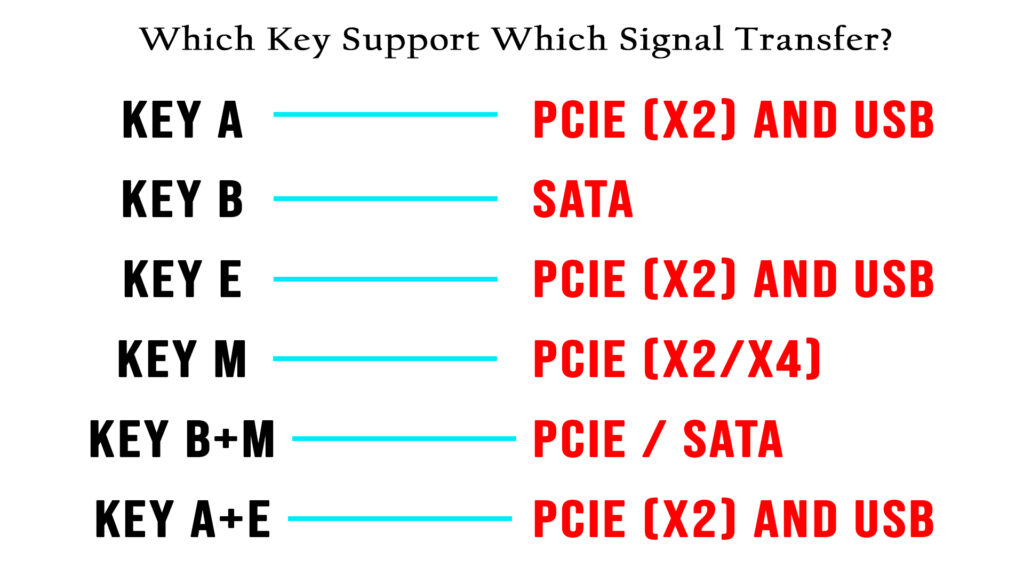
In general, NVMe M.2 SSDs use the M connector, while M.2 SATA SSDs use the B+M connector. Always be mindful that if a card supports the M connector, you cannot plug it into the B connector. Likewise, if a card supports only the B connector, you cannot use the M connector. Compatibility in both directions is possible only when the card has a B+M connector.
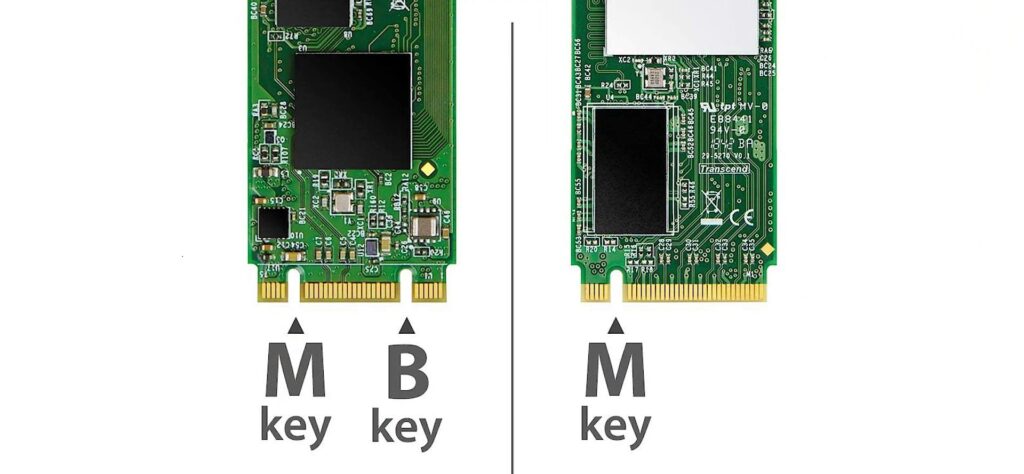
M.2 Sizes – Easy to Understand
In the M.2 form factor, there are various types of cards available, not limited to just SSDs. These include Wi-Fi cards, Bluetooth or cellular cards, and many more. The physical dimensions of these cards are determined by four or five-digit codes.

The first two digits in the code specify the width of the card in millimeters. For example, in the code “22xx,” the “22” indicates that the card is 22mm wide.
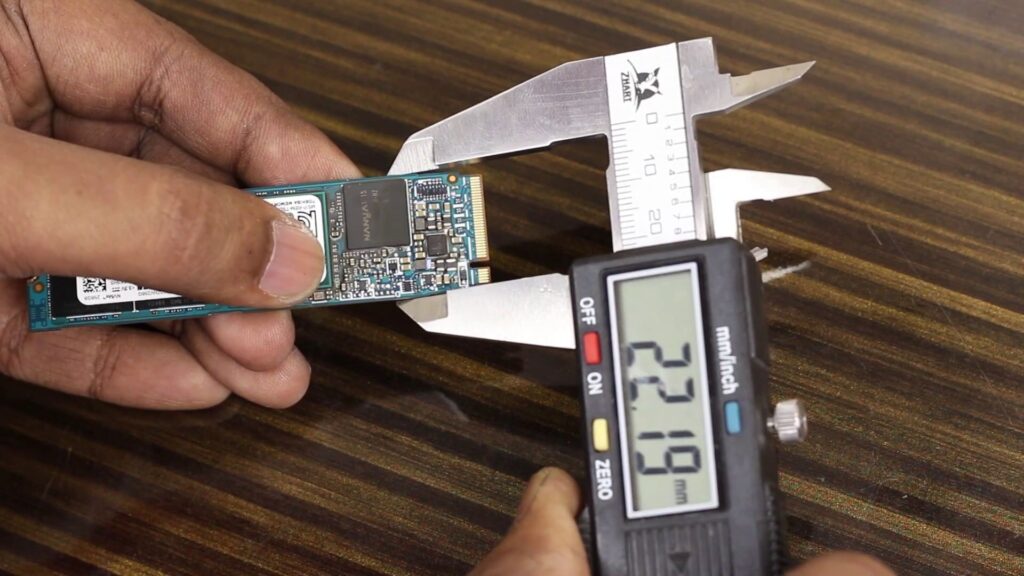
The remaining two or three digits in the code represent the length of the module. For instance, in the code “xx42,” the “42” denotes that the card is 42mm long.
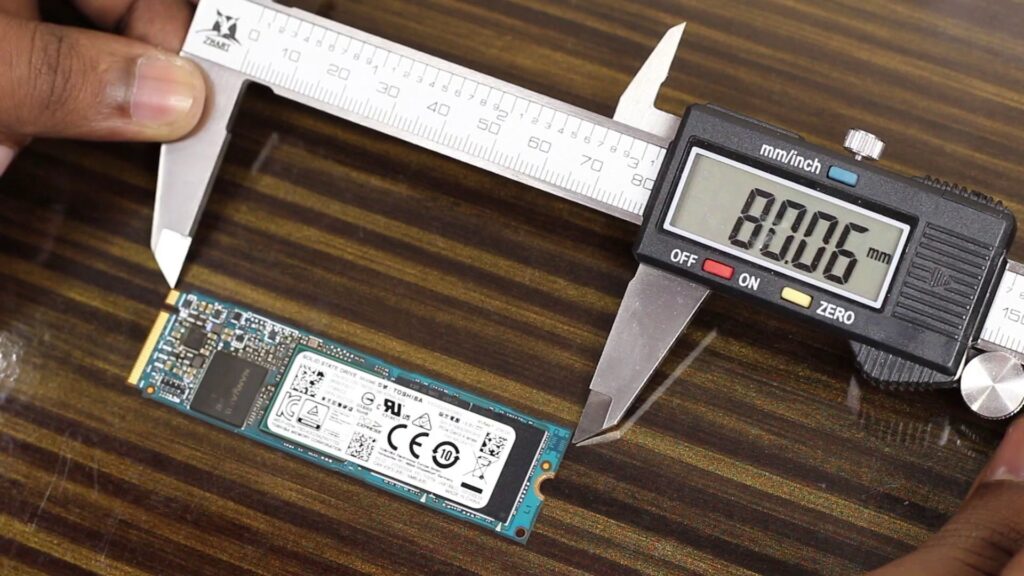
Similarly, the code “2280” indicates a card that is 22mm wide and 80mm long. It’s important to note that M.2 SSDs can sometimes be equipped with a five-digit code, although this is relatively rare. An example of such a code is “22110,” which is available in both NVME and AHCI protocols (also known as SATA). In this code, the “22” represents the width of the SSD (22mm), and the “110” represents its length (110mm).
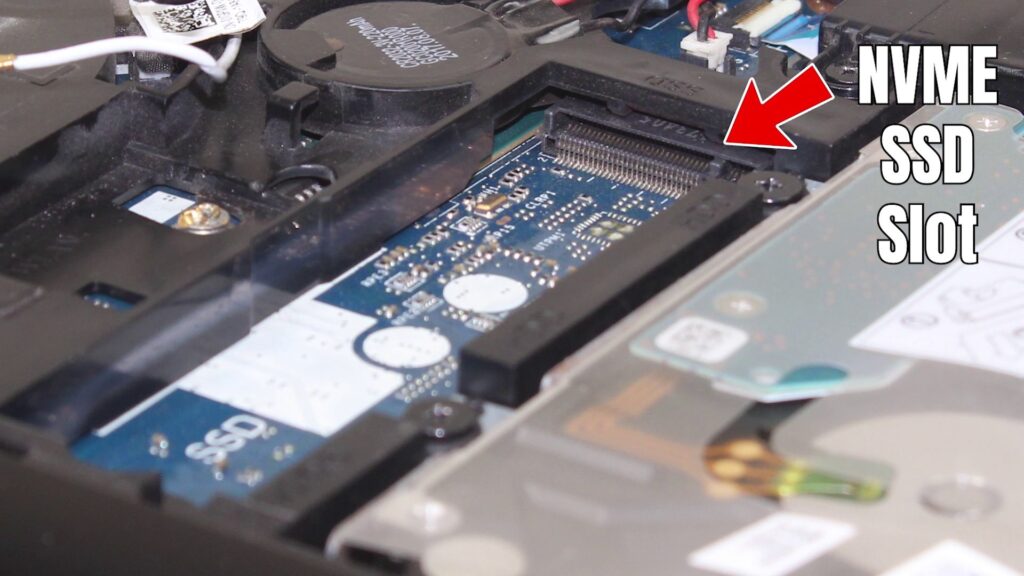
Interestingly, regardless of the type of M.2 device, all M.2 slots on motherboards are standardized to be 22mm wide. The Dimension represents by these numbers Like 2242, 2260, 1630, 3030, etc are very crucial to choose the right size for proper installation. A wrong-length SSD might not fit inside your motherboard’s M.2 cavity. Especially for laptops the space is pretty tight. However, some slots support multiple sizes, while others support only one. Make sure to check this compatibility while purchasing an M.2 SSD. As not all PC cases support every CPU cooler or graphics card similarly not all M.2 drives can fit into all M. 2 slots, due to size limitations regardless of other factors. If you want detailed information, check out the article M.2 PCIE NVME Sizes Explained! 2280 2260 2242 etc.
In the Concluding Lines…
M.2 SSDs truly bring a remarkable set of advantages. They not only offer a more budget-friendly option with higher storage capacities but also exhibit enhanced reliability. Moreover, they possess the versatility to connect with a wide array of devices, making them incredibly versatile. Nevertheless, selecting the right M.2 SSD can sometimes be perplexing due to the abundance of technical jargon associated with it. However, once you navigate through the terminology and find the perfect fit, you’ll be astounded by the outstanding performance delivered by M.2 NVMe SSDs. It is worth mentioning that the installation and utilization of a regular SSD are straightforward and uncomplicated, primarily due to the limited variations available. Conversely, M.2 drives may present some additional complexities and require careful consideration. However, the remarkable performance enhancements they offer make the entire process truly worthwhile.

